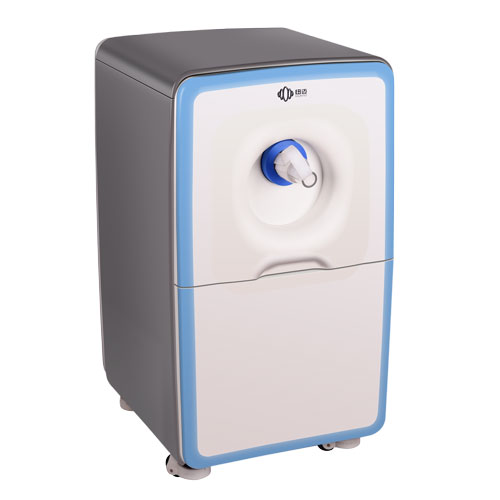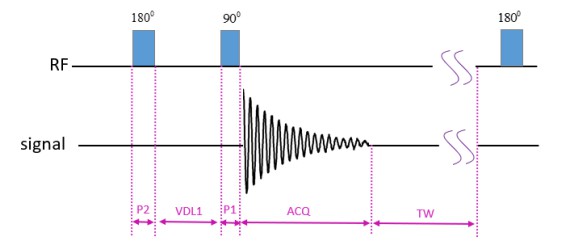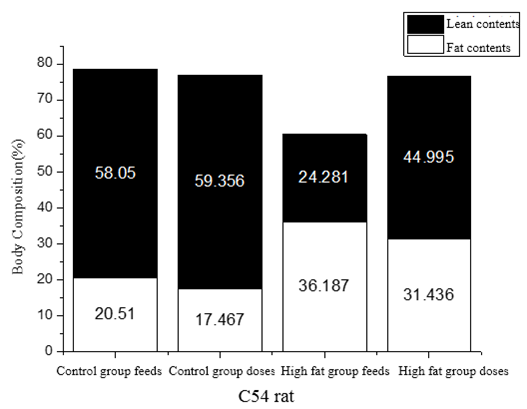Introduction to Mice Body Composition Analysis using NMR:
Nuclear Magnetic Resonance (NMR) technology is a powerful and non-destructive analytical technique that has found widespread applications in various scientific fields, including the study of body composition in small animals such as mice. In the context of mice body composition analysis, NMR provides a detailed and quantitative assessment of different tissue and fluid components within the body.
Principle of NMR:
NMR relies on the magnetic properties of atomic nuclei. When placed in a strong magnetic field and exposed to radiofrequency pulses, certain nuclei absorb and re-emit electromagnetic radiation. The resulting signals are detected and processed to generate NMR spectra, providing information about the chemical environment and abundance of the target nuclei.
Application to Body Composition Analysis:
In the study of mice body composition, researchers use NMR to analyze the composition of various tissues, including:
1. Fat Tissue (Adipose): NMR can distinguish between lean and adipose tissues, enabling the measurement of fat content and distribution within the body.
2. Lean Tissue: NMR is sensitive to water content, allowing the assessment of lean tissue, which includes muscle and organs.
3. Total Body Water: By measuring the hydrogen content in tissues, NMR provides information on total body water, which is crucial for understanding hydration status.
Advantages of NMR in Mice Body Composition Analysis:
1. Non-Invasive: NMR analysis is non-invasive, allowing researchers to monitor changes in body composition over time without sacrificing the animals.
2. High Precision: NMR provides high precision and reproducibility in quantifying different tissue components, making it a valuable tool for longitudinal studies.
3. Multi-Parametric Analysis: NMR can simultaneously provide information on various parameters, such as fat mass, lean mass, and water content, facilitating a comprehensive assessment of body composition.
4. Minimal Sample Preparation: Compared to other methods, NMR requires minimal sample preparation, reducing the potential for artifacts and ensuring accurate results.
Conclusion:
The use of NMR technology for mice body composition analysis offers a sophisticated and precise approach to understanding the physiological changes associated with genetic modifications, dietary interventions, or disease states. By providing detailed insights into the distribution of fat, lean tissue, and water, NMR contributes to advancing our understanding of metabolic processes and overall health in murine models.
 NIUMAG
NIUMAG



